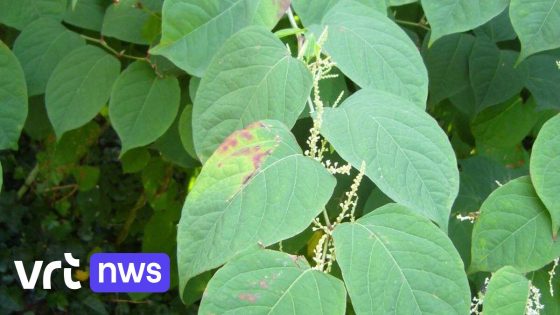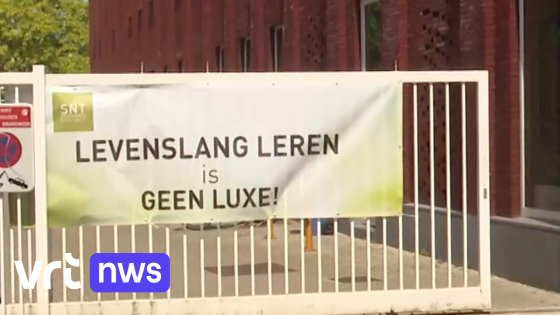Japanese knotweed remains a growing concern in Belgium, with local authorities stepping up efforts to control this invasive plant. On 2025-07-29 16:59:00, city officials highlighted their dual approach: both tackling the plant directly and raising public awareness. The goal is to map out Japanese knotweed hotspots on public land and encourage residents to report sightings.
- Stad kaart Japanse duizendknoop haarden
- Inwoners melden gevonden haarden
- Aanpakken van Japanse duizendknoop tuin
- Wortels tot 1 meter diep uitgraven
- Wortelresten in afgesloten zak afvoeren
- Grote haarden door professional behandelen
Citizens are also urged to manage any Japanese knotweed found in their gardens carefully. Experts warn that careless removal can worsen the problem by spreading root fragments. Proper removal involves digging out roots to about one metre deep, sieving the soil, and disposing of all root pieces securely at recycling centres.
So, how can you help prevent the spread of Japanese knotweed in your community? And when should you call in professionals? Here’s what you need to know.
Why is controlling Japanese knotweed so challenging? Because even tiny root fragments can regrow rapidly, making eradication difficult. Key points to consider include:
- Reporting public area infestations helps authorities map and manage hotspots.
- Homeowners must dig roots deeply and remove all fragments to avoid new growth.
- Disposal in sealed bags at recycling parks prevents accidental spread.
- Professional gardeners are recommended for patches larger than two metres.
As the city intensifies its campaign, now is the time for Belgian residents to stay vigilant and proactive. Will you help stop Japanese knotweed from taking over your neighbourhood? Together, informed action can make all the difference.
































